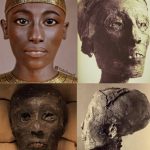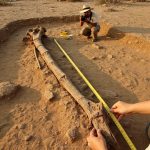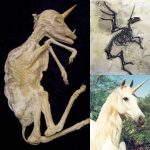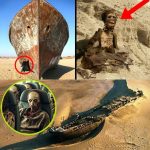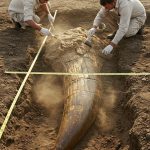A Cretaceous Bird Trapped in Amber
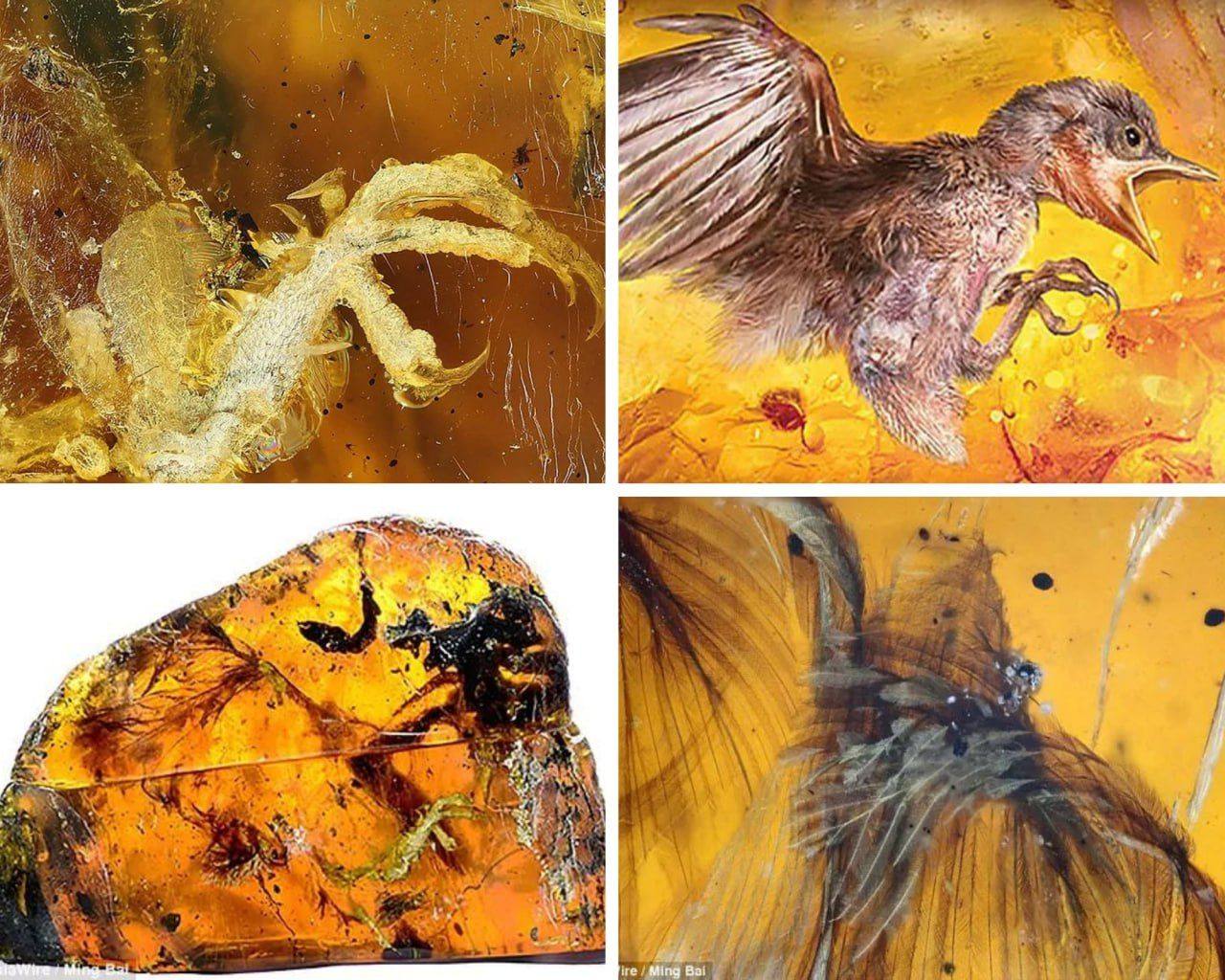
Few discoveries capture the imagination like creatures frozen in time, their delicate features preserved across millions of years. In a remarkable find from Myanmar, scientists have uncovered the remains of a toothed bird sealed within amber for nearly 100 million years. This tiny fossil, identified as part of the Enantiornithes—a diverse and now-extinct group of primitive Mesozoic birds—provides a rare window into avian evolution during the Cretaceous period. With extraordinary detail preserved, the specimen bridges the evolutionary gap between dinosaurs and modern birds, making it one of the most significant paleontological discoveries of recent decades.
A Glimpse Into Avian Evolution

Unlike today’s birds, which lack teeth and share more uniform skeletal features, the enantiornithines retained many primitive traits inherited from their dinosaur ancestors. These included sharp teeth in their beaks and clawed fingers on their wings. The amber-encased fossil captures these features with stunning clarity, showing how ancient birds were a mosaic of both reptilian and modern avian characteristics.
The discovery highlights the transitional nature of early bird evolution. While enantiornithines could fly and perch like modern birds, they carried distinct traits that set them apart. Their existence underscores the evolutionary experimentation of the Mesozoic era, when countless species tested survival strategies before the mass extinction event that ended the age of dinosaurs.
Amber: Nature’s Time Capsule
What makes this find even more extraordinary is the medium of preservation: amber. Unlike stone fossils, which often flatten or erode delicate structures, amber preserves three-dimensional detail with breathtaking precision. Feathers, claws, and even fragments of soft tissue can remain intact, allowing scientists to study them under microscopes with astonishing accuracy.
In this specimen, the amber reveals intricate feather structures, enabling researchers to reconstruct plumage coloration and texture. Such details are rarely visible in traditional fossils and provide invaluable clues about flight, insulation, and display behaviors in prehistoric birds.

Broader Scientific Significance
The enantiornithine fossil not only illuminates the evolution of birds but also provides insights into the ecosystems of the Cretaceous period. The presence of amber in Myanmar indicates lush forests where resin-producing trees thrived, supporting diverse animal and plant life. This context helps paleontologists piece together not just individual species but entire prehistoric environments.
Moreover, the find demonstrates how avian diversity peaked long before modern birds emerged. Enantiornithines flourished globally for tens of millions of years, dominating the skies until the mass extinction 65 million years ago. Their demise opened the evolutionary space that allowed modern birds to rise and eventually diversify into the thousands of species we see today.
Conclusion
The discovery of a Cretaceous bird trapped in amber is more than a fossil find—it is a story of evolution, survival, and extinction preserved in golden resin. By offering a detailed snapshot of a toothed bird that lived nearly 100 million years ago, the specimen deepens our understanding of the prehistoric world and the origins of avian life. Amber, acting as nature’s perfect time capsule, has once again given us a window into a lost chapter of Earth’s history, reminding us how fragile yet enduring life’s story can be.
